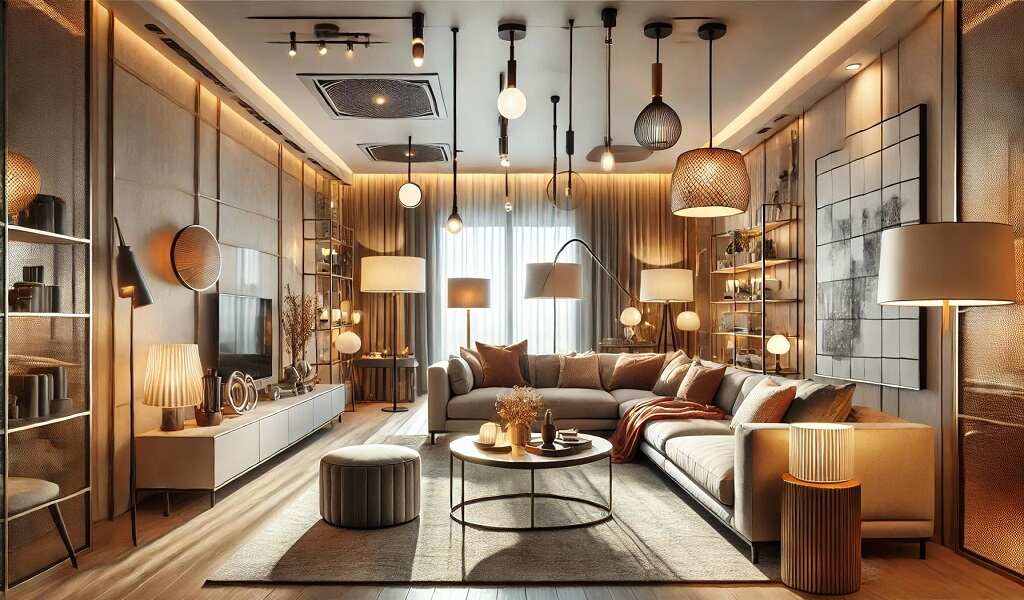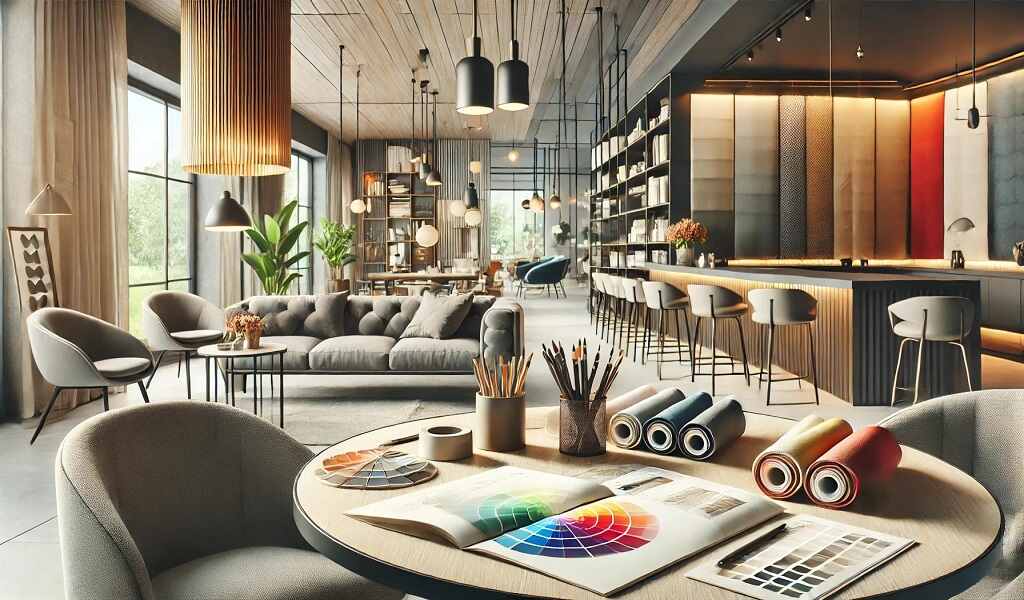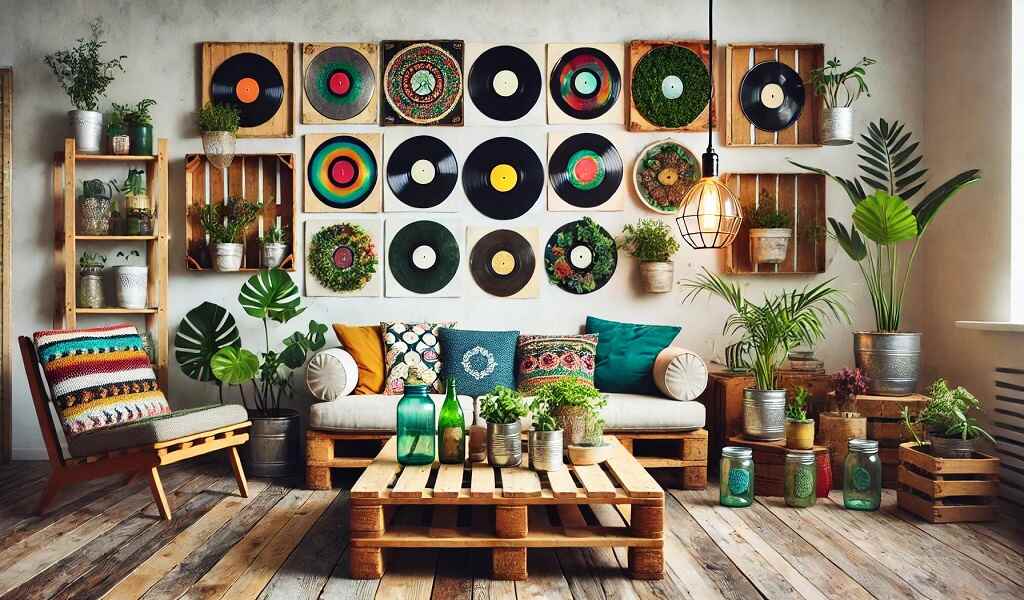Choosing the right lighting for your home can feel like a daunting task, but it doesn’t have to be. The perfect lighting can completely transform a space, making it more welcoming, functional, and beautiful. Whether you’re looking to brighten up a dark corner, create a cozy ambiance, or highlight your favorite pieces of art, the right lighting can make a huge difference. But where do you begin? Let’s break it down and make this process easier for you. Here’s a step-by-step guide to help you choose the right lighting for your home.
Table of Contents
1. Understand the Three Types of Lighting
Before diving into the various lighting fixtures and styles, it’s important to understand the three main types of lighting you should have in every room. They are:
- Ambient Lighting: This is your general lighting—the basic, overhead light that fills the room. It provides enough illumination for everyday activities, like reading, cooking, or simply relaxing. Ceiling-mounted fixtures or chandeliers are common choices for ambient lighting.
- Task Lighting: As the name suggests, task lighting is designed for specific activities, such as reading, cooking, or working. Desk lamps, pendant lights over kitchen counters, or under-cabinet lighting are perfect examples. Task lighting focuses on areas where you need extra light for detail-oriented tasks.
- Accent Lighting: Accent lighting is all about creating drama. It’s used to highlight specific areas or objects in a room, such as artwork, sculptures, or architectural features. Wall-mounted sconces, track lighting, or spotlights are great for accent lighting.
Combining these three types of lighting in every room will give you a balanced and functional lighting scheme, while also enhancing the room’s aesthetics.
2. Consider the Function of Each Room
Different rooms in your home have different needs, so the lighting should reflect that. It’s essential to think about the purpose of each room when selecting your lighting. Here’s how lighting needs can vary by room:
- Living Room: The living room is typically the center of the home. Here, you’ll need versatile lighting. It should provide enough general lighting for the space, but also give you the ability to focus on reading, working, or creating a cozy environment. A mix of floor lamps, table lamps, and overhead lighting works well here.
- Kitchen: Since kitchens are highly functional, you’ll need task lighting above areas like the sink, stove, and countertops. Pendant lights, recessed lighting, and under-cabinet lighting are all great options. And don’t forget about ambient lighting to make the space feel inviting.
- Bedroom: In the bedroom, you’ll want a more relaxing, softer atmosphere. Choose ambient lighting from overhead fixtures or lamps to create a calming mood. Task lighting next to the bed, such as adjustable reading lights or wall sconces, will help with nighttime reading or working.
- Bathroom: Bathrooms require a combination of ambient and task lighting. The lighting around the mirror should be bright enough to handle tasks like shaving, grooming, or applying makeup. Wall sconces or overhead lighting work well in these spaces.
- Dining Room: Dining rooms need lighting that creates a welcoming and elegant atmosphere. Pendant lights or chandeliers over the dining table help create a focal point while providing enough light for meals. Ambient lighting in other parts of the room ensures it doesn’t feel too dim.
3. Choose the Right Light Bulb
Now that you understand the different lighting types, it’s time to think about the actual light bulbs. Light bulbs are essential to the overall mood and function of a room, so it’s important to choose wisely.
- Incandescent Bulbs: These provide warm, soft light that creates a cozy atmosphere, though they’re not the most energy-efficient option. They’re perfect for spaces where you want a relaxed, intimate feel.
- LED Bulbs: These are the most energy-efficient and long-lasting bulbs available. LED bulbs come in a range of color temperatures, so you can choose between warm, cool, or daylight options. They’re ideal for almost any room in the house and can be dimmed if needed.
- CFL Bulbs: Compact Fluorescent Lamps (CFLs) are another energy-efficient choice. While they take a little longer to reach full brightness compared to LEDs, they’re still a good option for most spaces.
One thing to remember when selecting your light bulbs is the color temperature. Warm light (below 3,000 Kelvin) creates a more relaxed, cozy feel, while cool light (above 4,000 Kelvin) is better for areas where you need more clarity, like the kitchen or office.
4. Think About the Style of Your Space
The style of your home and the decor of each room should influence your lighting choices. The right fixtures can enhance your space, while the wrong ones can throw off the entire vibe. Here’s how to choose lighting based on your room’s style:
- Modern/Contemporary: If your home has a modern look, go for sleek, minimalist fixtures. Recessed lighting, pendant lights, and geometric-shaped chandeliers fit perfectly into modern spaces. Stick to simple finishes, like black, white, or metallics.
- Traditional: For a more classic or formal look, opt for elegant lighting fixtures like chandeliers or antique-style sconces. Brass, gold, or bronze finishes are ideal for traditional spaces.
- Industrial: Industrial spaces often feature exposed bulbs, metal finishes, and raw materials. Look for light fixtures that are functional yet stylish, like exposed bulb pendant lights or track lighting.
- Rustic: For a cozy, farmhouse-inspired feel, go for fixtures made from natural materials like wood, wrought iron, or glass. A rustic chandelier or farmhouse-style pendant light will bring warmth and charm to the space.
- Eclectic: If your home has an eclectic vibe, don’t be afraid to mix different styles and light fixtures. Combine vintage chandeliers, modern table lamps, and quirky pendant lights to create a dynamic, one-of-a-kind look.
5. Don’t Forget About Dimmers
If you want to control the lighting in your rooms and set different moods, consider installing dimmer switches. Dimmers allow you to adjust the brightness of your lights based on the time of day or the atmosphere you want to create. Whether you’re hosting a lively dinner party or relaxing with a good book, dimmers make it easy to adjust the lighting to your needs.
6. Consider Smart Lighting Options
For those who enjoy a little technology in their home, smart lighting is worth considering. With smart bulbs, you can control the lights in your home using your smartphone or voice assistant. Some systems even allow you to set schedules or change the color of your lights to match your mood. It’s an easy way to add convenience and style to your home.
7. Layer Your Lighting
To create a dynamic and functional lighting scheme, it’s important to layer your lighting. Instead of relying on just one light source in a room, combine ambient, task, and accent lighting to create depth and interest. Layering your lighting helps ensure that every corner of your room is properly lit, and it also allows you to adjust the mood depending on the situation.
8. Placement of Lighting
The placement of your lighting fixtures is just as important as the lights themselves. Here are a few tips for effective lighting placement:
- Ceiling: For general lighting, consider recessed lights or chandeliers that provide light from above.
- Walls: Wall sconces or picture lights can create a soft, even glow while highlighting specific features or artwork.
- Floors: Table lamps or floor lamps add a layer of light and warmth to your space while illuminating the room.
Conclusion
Choosing the right lighting for your home is about more than just picking out fixtures. It’s about creating the right atmosphere for each room based on its function and style. By understanding the different types of lighting, considering each room’s needs, and choosing the right bulbs and fixtures, you can create a lighting plan that makes your home feel inviting, comfortable, and stylish. Whether you’re layering different lighting styles, playing with placement, or experimenting with dimmers, the right lighting can elevate your home in ways you never thought possible.



